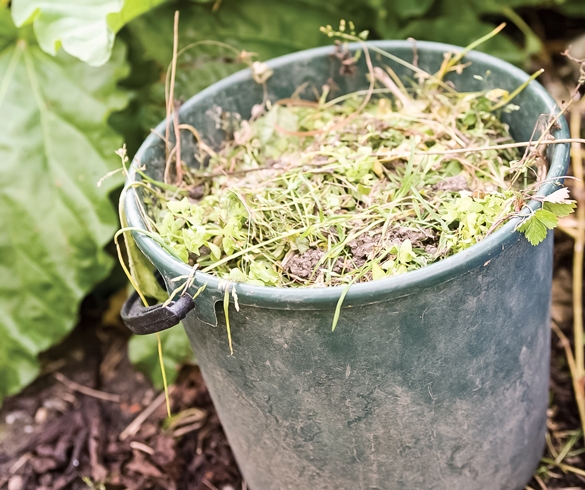
Gardening With Charlie – Controlling Annual Weeds
Now that the vegetable garden is all planted, not only are your seeded squash, cucumbers, lettuces, beans and carrots coming up, so are the weeds.
Here are 10 steps for controlling annual weeds in your vegetable garden.
- Don\’t Till – The more you till, the more weed seeds are brought to the soil surface to germinate. Consider moving to a low or no till gardening system to keep the weed seeds buried.
- Identify Your Weed – Know the weed you\’re dealing with before you start pulling or hoeing. Make sure it\’s a weed and not one of your vegetable seedlings.
- Weed Early – If you weed early in the season, you\’ll have fewer problems later. Remove annual weeds before they reach 3 inches tall. Preferably on a sunny day, using a sharp-edged hoe, gently slice the weeds just below the soil surface to kill them. The sun will help kill the weeds so they don\’t resprout.
- Grow Weed-Smothering Crops – Crops such as tomatoes, squash, melons, potatoes, cabbage, and beans grow quickly in warm soils and can outgrow the weeds. Plus, they are large enough to shade out weeds growing later in the season.
- Add Organic Mulches – Once you\’ve weeded a few times and your plants have germinated and are growing vigorously, consider adding an organic mulch. Organic mulches such as straw, pine straw, bark mulch, grass clippings from untreated lawns, and chopped leaves will keep the soil cool, moist, and less weedy while adding organic matter to the soil as they break down. Avoid using hay because it has weed seeds in it.
- Add Inorganic Mulch – Another way to mulch is to lay black, green or red plastic mulch down on the beds before planting. These warm the soil by 6 to 8 degrees. By poking holes and planting right into the mulch, the roots can take advantage of the warm soil and the plants will grow faster. It\’s best to run a soaker hose or drip irrigation line under the plastic mulch to keep the plants well watered.
- Mulch Pathways – Pathways between rows of crops can be mulched at planting with any material that will prevent weed growth. Cardboard, bark mulch, straw, even old rugs can be used to stop weed growth.
- Don\’t Let Weeds Go to Seed – Weed plants can reproduce prolifically. If you get behind in your weeding, at least cut them down to prevent weed seeds from forming.
- Grow Cover Crops – If you\’re battling lots of annual weeds in your garden, consider growing a cover crop to smother them and add organic matter to the soil. Buckwheat is a fast growing cover crop that will smother weeds.
- Eat Your Weeds – Weeds aren\’t all bad. After all, the definition of a weed is a plant growing in the wrong place. Many weeds are edible and taste great. Harvest lamb\’s quarters, purslane, and pigweed when they are young and add them to salads. Mix chickweed in with basil and parsley to make a great pesto.
For more tips and garden information visit www.garden.org.
Charlie Nardozzi, a nationally recognized garden writer, book author, speaker and radio and television personality, has appeared on HGTV, PBS and Discovery Channel television networks. He teaches and inspires home gardeners to grow the best vegetables, fruits, flowers, trees and shrubs in their yards.
Source
National Gardening Association
